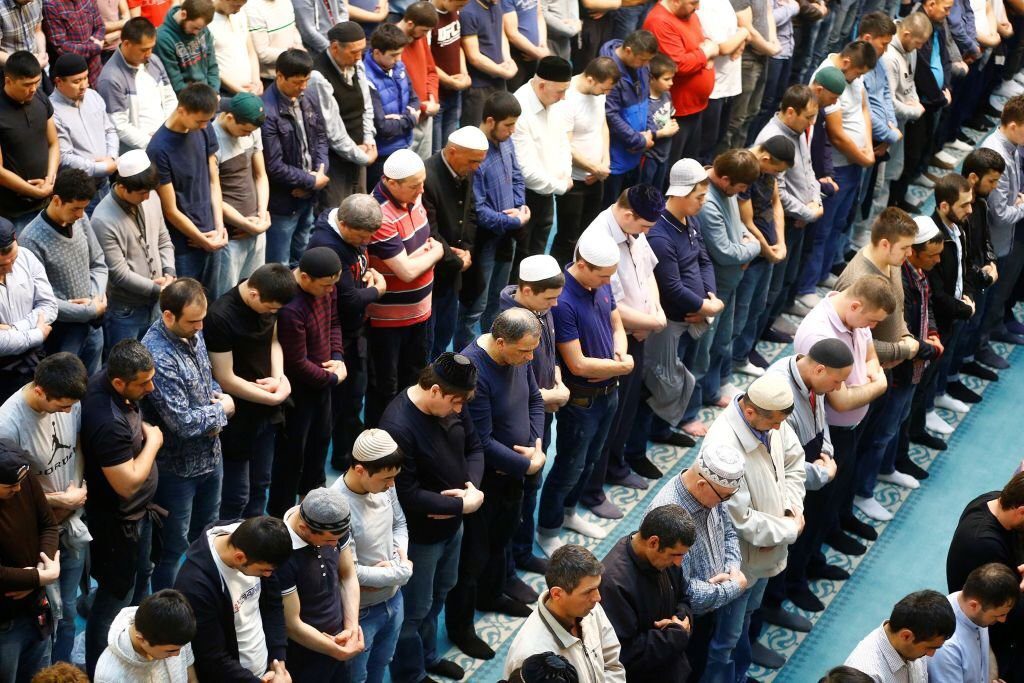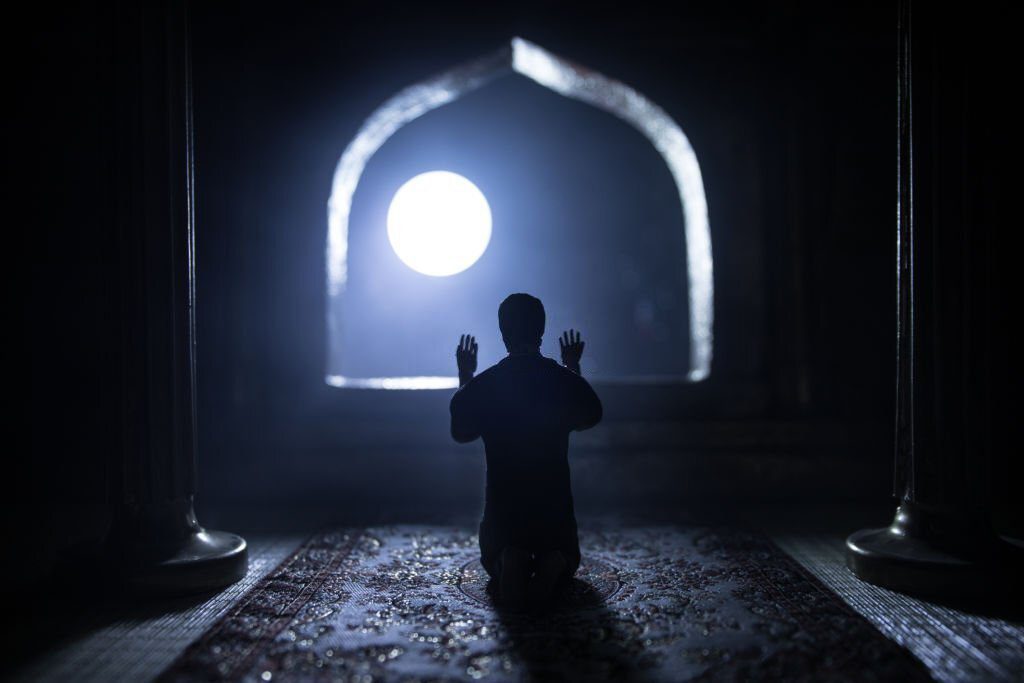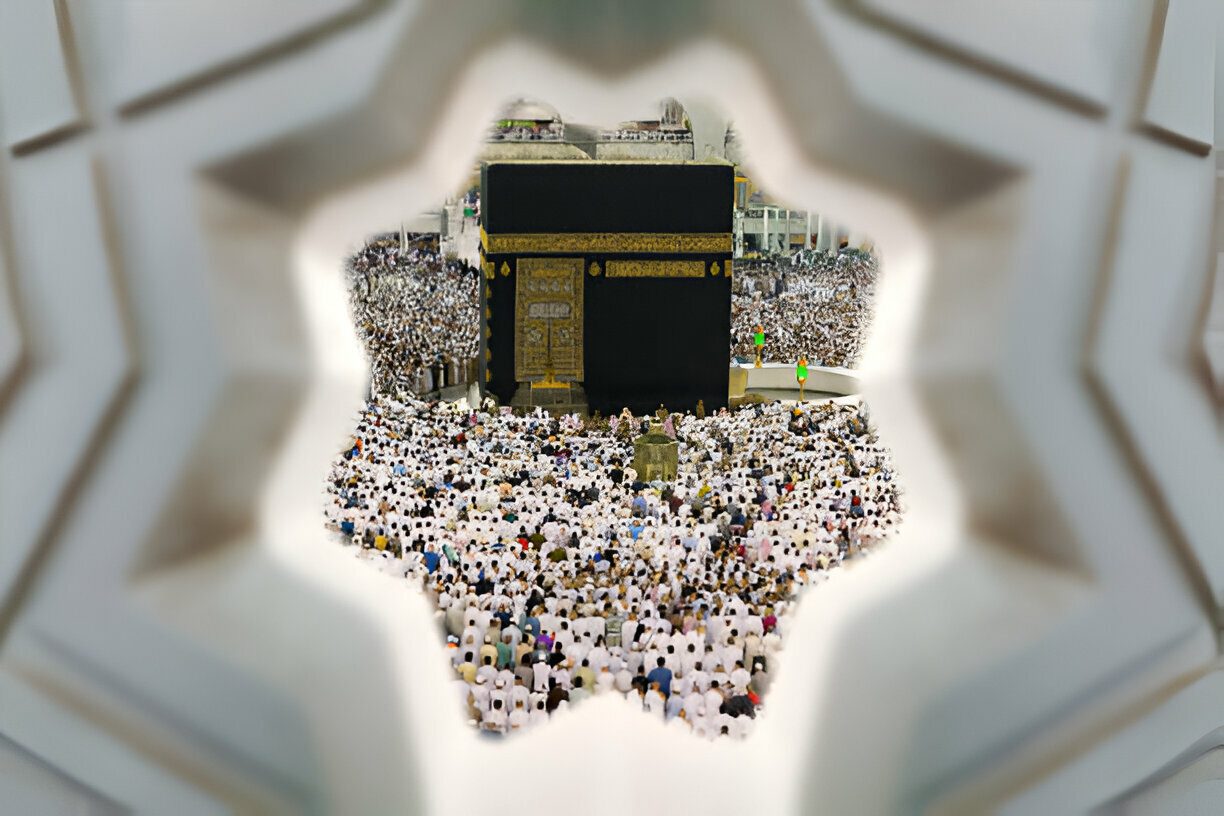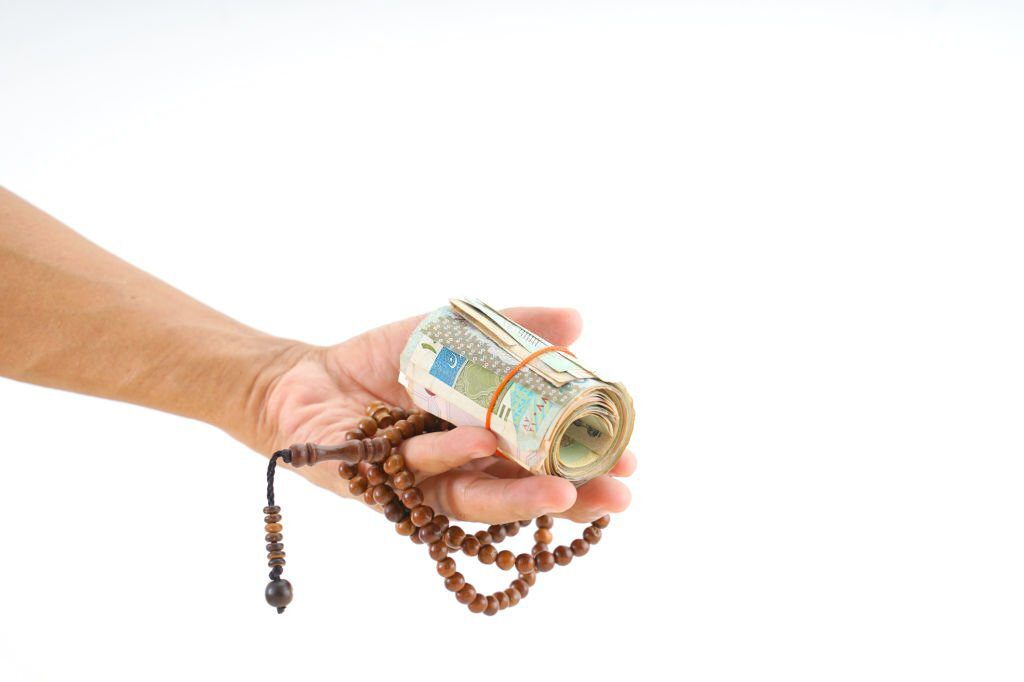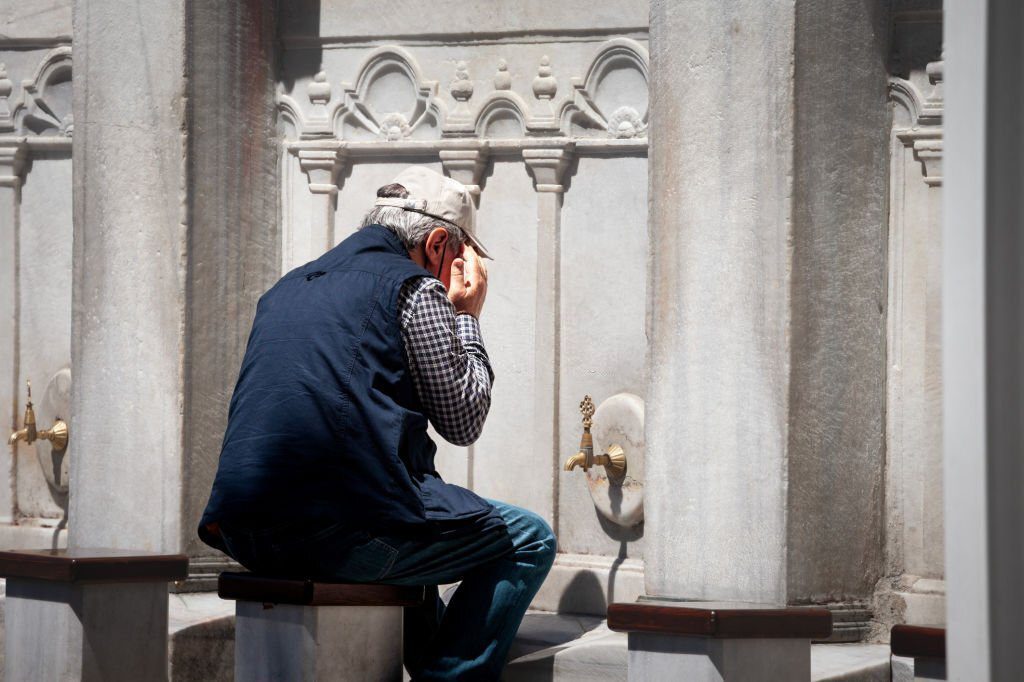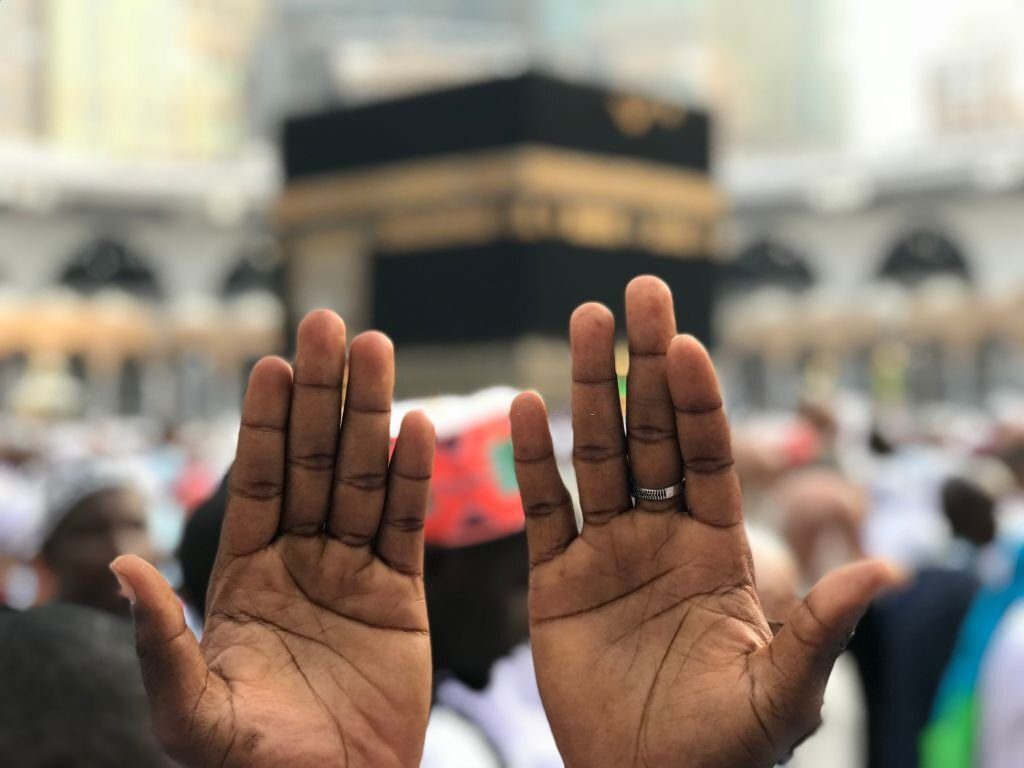Taraweeh, which means rest or relaxation, is a voluntary prayer that is performed every night during Ramadan. It is highly recommended by Sunnah. Mosques around the world offer congregational Tarawih prayers to men and women every night of this blessed month.
Many believe that those who pray Taraweeh during Ramadan will be greatly rewarded and have all their sins forgiven.
“The Messenger of Allah (PBUH), said that whoever observes optional prayer (Tarawih Prayers) during Ramadan out of sincerity and in the hope to earn reward will have all his past sins forgiven.” (Al Bukhari, Muslim).
The Sunna of Tarawih Prayer are 20 units of Prayer
Every Ramadan we go through a regular yearly conflict between some of unbending members of our community who would like to get everyone to follow their school, and the generality of Muslims who do not find anyone to save them from those people.
The reason for this difference of opinion is the question of the number of units of prayer in tarawih salah. Those who have loud voices claim that the imams and the community as a whole has been in error for centuries. They decry them, accuse them of innovation, and make impermissible that which God has permitted saying it is not permitted to pray more than eight units of prayer in tarawih.
Linguistically Speaking
Tarawih is the plural of the Arabic word tarwihah. Ibn Mandhur says, “the tarwihah in Ramadan was called such because of the rest that people take after each set of four units of prayer…and it [the word] means a single instance of rest”.
Just from the linguistic definition, it becomes clear that the tarawih prayer is more than eight units for if there were two rests (tarwihatan) then the prayer would have to be twelve units.
Consensus (Ijma) and Evidence
The reality is that the community formed a consensus to the effect that the tarawih prayer is comprised of twenty prayer units not including the witr, or twenty-three prayer units including the witr. This is the relied upon opinion of the four schools of jurisprudence, the Hanafi, the Maliki in the mashhur, the Shafi’i, and the Hanbali.
There is also a position that is related by the Malikis in opposition to the mashhur that states it is thirty-six prayer units. The community has never known a position that the tarawih prayer is eight prayer units except in this age. The cause behind the occurrence of this contradiction is a misunderstanding of the sunnah of the Prophet, an inability to come to terms with differing hadiths, and not taking notice of the consensus in both word and deed from the time of the Companions to this day. They rely on the hadith of Aishah who said, “The Messenger of God did not exceed eleven units of prayer during Ramadan or at any other time. He would pray four units, and do not ask about their beauty or length. Then he would pray four units, and do not ask about their beauty or length. Then he would pray three units. I said, ‘O Messenger of God, are you going to sleep without having prayer witr?’ He said, ‘O Aishah, my eyes sleep, but my heart does not.”
This hadith speaks about the guidance of the Prophet in his supererogatory prayers during his night vigils in general, and it did not address tarawih, which is a special night vigil in Ramadan and is a prophetic sunna in its origins, and a sunna of ‘Umar in the manner of its practice.
This means that the community adopted the example of ‘Umar ibn al-Khattab in gathering people together to perform the vigil in all of the nights of Ramadan, the number of units that people came together on with Ubay ibn Ka’b. The Prophet said, “Adhere to my sunna and the sunna of the rightly guided caliphs. Hold fast to it with your teeth.”
If the community were not relying on the actions of ‘Umar [for guidance], then why do they perform tarawih in congregation in mosques behind one imam? It is as if these people are taking from the sunna of ‘Umar when it comes to gathering people together behind one imam for the entire month, which the Prophet did not do, and they neglect the number of units of the prayer claiming that they are implementing the sunna. If this were correct, and they were not taking into consideration the actions of ‘Umar, they should pray tarawih at home and leave people to practice God’s religion as they have inherited it.
The evidence that this is the action of ‘Umar is what ‘Abd al-Rahman ibn ‘Abd al-Qari who said, “I went to the mosque with ‘Umar ibn al-Khattab one night in Ramadan. People were spread out separately each person praying by him-self. A man would pray and a group would pray with him. ‘Umar said, ‘I think it would be better if we gathered these people together behind one person reciting.’ Then he made up his mind and gathered them behind Ubay ibn Ka’b. I went out with him again on another night and people were praying the prayer of their recite (which means they were praying in congregation) and ‘Umar said, ‘This is a fine innovation. Those who sleep after doing the tarawih are better than those who sleeps on it and wake up at the end of the night,’ as people used to pray at the beginning of the night.”
This prayer for which ‘Umar gathered the people, is the tarawih prayer and it is twenty prayer-units long. This is indicated by a number of hadiths including the narration of al-Sa’ib ibn Zayd who said, “During ‘Umar ibn al-Khatab’s time they would stand for twenty prayer-units during Ramadan. They would recite in the hundreds, and during the time of ‘Uthman ibn ‘Affan they would lean on their canes from the intensity of the standing in prayer.” And according to Yazid ibn Ruman, “During the time of ‘Umar ibn al-Khattab people would stand during for twenty-three prayer units in Ramadan.”
Schools of Fiqh regarding Tarawih
The twenty units of prayer is an issue that the four schools of Islamic jurisprudence are in agreement. It is the opinion of the Hanafis: concerning tarawih, al-Sarakhasi said, “It is twenty prayer-units not including witr, and Malik said that the sunna is for it to be thirty-six prayer-units.” Al-Kasani mentioned that which confirms this. He says, “As for its length, it is twenty prayer-units with ten salams in five sets. Every two salams is a set. And this is the position of the majority of scholars.”
This is confirmed by that which is related by Ibn Abdin in his Hashiyah when he said, “His saying, it is twenty prayer-units is the position of the majority, and it is what people base their actions upon in the east and the west.”
As for the Malikis, the widespread (al-mashhur) opinion in their school is in agreement with the majority. Al-Dardir says, “Al-Tarawih in Ramadan is twenty prayer-units after the night prayer in which salams are made after every two units, not including the shafi’ and witr. It is preferred to complete the recitation of the Quran in tarawih by reciting a juz’ every night spread out over the twenty units of prayer.”
Al-Nafrawi mentioned the strength of the majority position and the agreement of Malik’s followers to it, as well as the final position of Malik, “(The rightious predecessors) i.e. the Companions (performed it) during the time of Umar ibn al-Khatab and at his command, as has preceded (in the mosque in twenty units of prayer), which is the choice of Abu Hanifa, al-Shafi’i, and Ahmad, and it is what is acted upon how in the rest of the cities. (Then) after the twenty units (they pray three units of witr) from the perspective of the preponderance of that which is more noble, not because the three are witr, because the witr is one cycle, as has proceeded.
This is evidenced in his saying (and they separate the shaf’ and the witr with a salam) preferably, and it is disliked to combine them except when following someone who is combining. Abu Hanifa said, ‘Do not separate them.’ Al-Shafi’i left the decision between separating and combining open, and the actions of people continued to be twenty-three units in both the east and the west. (Then) after the event of al-Hurrah in Madina (they prayed) i.e. the predecessors, but other than those mentioned above, here it refers to those who were present during the time of Umar ibn Abd al-Aziz (after that) number that they prayed during the time of Umar ibn al-Khatab (thirty-six units of prayer not including the shaf’ and the witr)…and this is what Malik chose in al-Mudawwinah, and he said it was hasan good and the actions of the people of Madina are in accordance with it.
Some of his followers judged that the first that Umar ibn al-Khatab gathered the people for was more correct since all of the cities continued to act upon it.”
As for the Shafi’is, they explicitly state that tarawih is twenty prayer units. This was mentioned by Imam al-Nawawi who said, “Our position/school is that it is twenty units with ten taslims not including the witr, which is fine tarwihas, and a tarwiha is four units with two taslims. That is the position of our school, and it is also held by Abu Hanifa and his ashab, Ahmad, Dawud, and Ahmad, Dawud, and others, and it was related by al-Qadi I’yad according to the majority of scholars. It is said that al-Aswad ibn Yazid used to pray forty units and pray seven witr. Malik said, ‘Tarawih is nine tarawihs, which is thirty-six units of prayer not including witr.’ His evidence was that this was what the people of Madina did.”
The Shafi’is combine the position of Malik with that of the majority when they explained the extra units that Imam Malik added being there to make up for the tawaf in the mosque in Mecca. Ibn Hajar al-Haythami said, “In our school it [i.e. tarawih] is twenty units for non-residents of Madina, as was practiced in the time of ‘Umar when, through his keen perception, he gathered people behind one imam, and they agreed. And they would pray three units of witr afterwards.
The secret of it being twenty is that the affirmed supererogatory outside of Ramadan are twenty, so they were doubled in Ramadan because it is a time of seriousness and buckling down. It is thirty-six only for them [i.e. the residents of Madina] because of the honor bestowed on them by being in the vicinity of the Prophet. An additional sixteen units was imposed upon them to make up for the four sets of seven circumambulations [around the Kaaba] performed by the residents of Mecca, seven in between each tarwiha of the twenty units.”
This is confirmed by what al-Ramli said, “It is twenty units with ten taslims in every night of Ramadan. This is based on the narration that they used to perform a vigil of twenty units during Ramadan at the time of ‘Umar ibn al-Khatab. In a narration of Malik’s in the al-Muwata’, it is twenty-three. Al-Bayhaqi combined the two with [the position that] they used to pray three units of witr. People gathered for vigil during Ramadan, men behind Ubay ibn Ka’b and women behind Sulayman ibn Abi Hathmah. And the people had not been performing it in congregation until that time. Each four units were called a tarwihah because they would rest after them.”
As for the Hanbalis, they clearly state that the chosen position of Imam Ahmad is twenty units of prayer. Ibn Qudamah al- Maqdisi said, “The chosen position of Abi ‘Abd Allah is that it is twenty units, and this is the position of al-Thawri, Abu Hanifah, and al-Shafi’i. Malik said it is thirty-six. It has been claimed that it is the old command, and it is connected with the actions of the residents of Madina wa salih mawla al-taw’amah. He said, ‘I found people making vigil with forty one units, making the witr with five of them.’”
Al-Buhuti also relates the relied upon position of the Hanbali school saying that tarawih “was called that because they would sit and rest in between every four of its units of prayer. It is also said that it is derived from al-marawiha, which is the repetition of a given act. And it is twenty units of prayer in Ramadan based on Malik’s narration according to Yazid ibn Ruman who said, “People used to make a vigil of twenty three units of prayer during Ramadan in the time of ‘Umar.” Even Ibn Taymiyah, upon whom many extremists rely, confirms the position
Adopted by the imams and affirms that it is a sunna according to many scholars. He says, “This is similar in some ways to the disagreement of scholars concerning the length of the vigil in Ramadan. It is established that Ubay ibn Ka’ab led the people in twenty units of in the vigil of Ramadan, and make witr with three units. The opinion of many scholars is that this is the sunna since it was done amongst the Companions and nobody denounced it.
Others preferred thirty-nine units of prayer based on the fact that this was the old practice of the residents of Madina. Another group said, “It is established in an authentic tradition according to Aishah that the Prophet never prayed more than thirteen units of prayer whether or not it was Ramadan. Some people are confused by this tradition because they think there is a contradiction between the authentic tradition and the sunna of the righteous caliphs and the actions of the Muslims. The correct position is that all of this is good.”
Verdict of Units of Prayer for Tarawih
From what has preceded we see that the imams and scholars of the juristic schools throughout the ages, in both the east and the west have held the position that tarawih prayer is twenty units of prayer. And that it is an affirmed sunna, not an obligation, so that whoever neglects to perform is prevented from obtaining a great reward. There is no shame in adding to them, and there is no shame in decreasing from their number, except that it would then be considered a night vigil and not the sunna of tarawih. And God the Almighty and Knows Best.
How to pray Taraweeh
The Prophet Muhammad (PBUH) said: “Prayers at night are offered in two followed by two. Then, if you fear dawn will come, pray witr with one.” (Al-Bukhari and Muslim)
Here’s a simple step-by-step breakdown of how to pray Taraweeh:
- Pray 4 rakats Fardh of Isha
- Pray 2 rakats Sunnah of Isha
- Set intention to start praying Taraweeh/qiyam
Pray the first 4 rakats of taraweeh, 2 rakats at a time - Take a short break after each interval of 4 rakats
Pray another 4 rakats of taraweeh - Rest (Salawat)
- Pray the remainder until 12 or 20 total rakats are reached
- End the night with Witr prayer
Source: What is the correct ruling of the number of units of prayer in tarawih?
